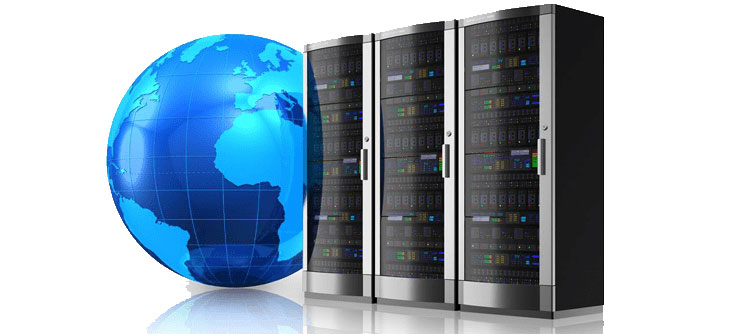
Securing MySQL NDB Cluster
As discussed in a previous article about MySQL NDB Cluster, it is a database cluster setup based on the shared-nothing clustering and database sharding architecture. It is built on the NDB or NDBCLUSTER storage engine for MySQL DBMS. Also the 2nd article about MySQL NDB Cluster Installation outlined installation of the cluster through setting up its nodes – SQL node, data nodes and management node. This article discusses how to secure your MySQL NDB Cluster through the below perspectives:
1. Network security 2. Privilege system 3. Standard security procedures for the NDB cluster.Detailed information is available at MySQL Development Documentation about NDB Cluster Security
Read more
How to install MySQL NDB Cluster on Linux
As discussed in this previous article about MySQL NDB Cluster overview, it is built on the NDBCLUSTER storage engine for MySQL and provides high availability and scalability. This article explains installation of MySQL NDB Cluster on Linux environment. The detailed documentation is available at the official MySQL Developer Documentation page.

An Overview of MySQL NDB Cluster
The “Shared Nothing” Architecture and Database Sharding
It is a distributed computing architecture with interconnected, but independent computing nodes with their own memory and disk storage that are not shared. Compared to a centralized controller based distributed architecture, the SN architecture eliminates presence of a “single point of failure”. An SN architecture offers great scalability by adding as many nodes as wanted. The data is distributed or partitioned among the different nodes that run on separate machines. To respond to user’s queries, some kind of coordination protocol is being used. This is also called database sharding, where the data is horizontally partitioned. A database shard that contains a partition will be holding on a separate database server instance to spread load and to eliminate failures. In horizontal partitioning, table rows are separated, rather than as columns in vertical partitioning or normalization. Each data set will be part of the shard that is distributed across different database servers and also at different physical locations, if needed.